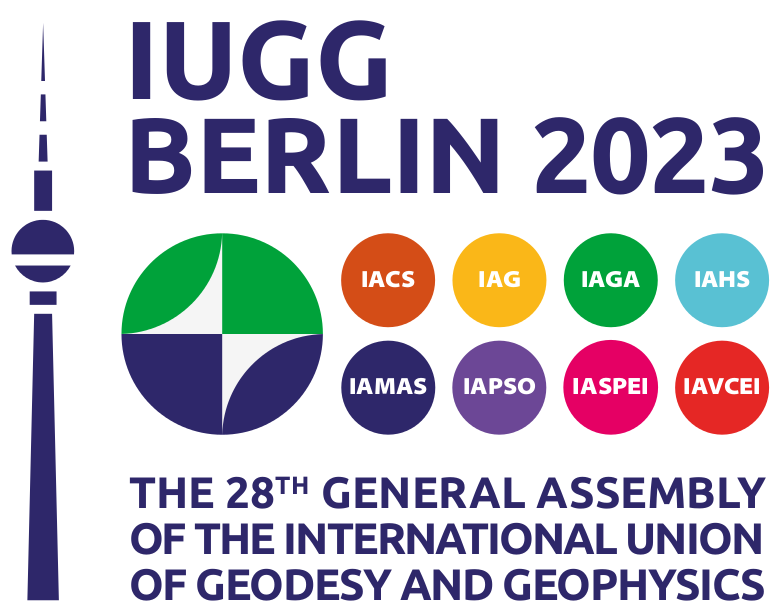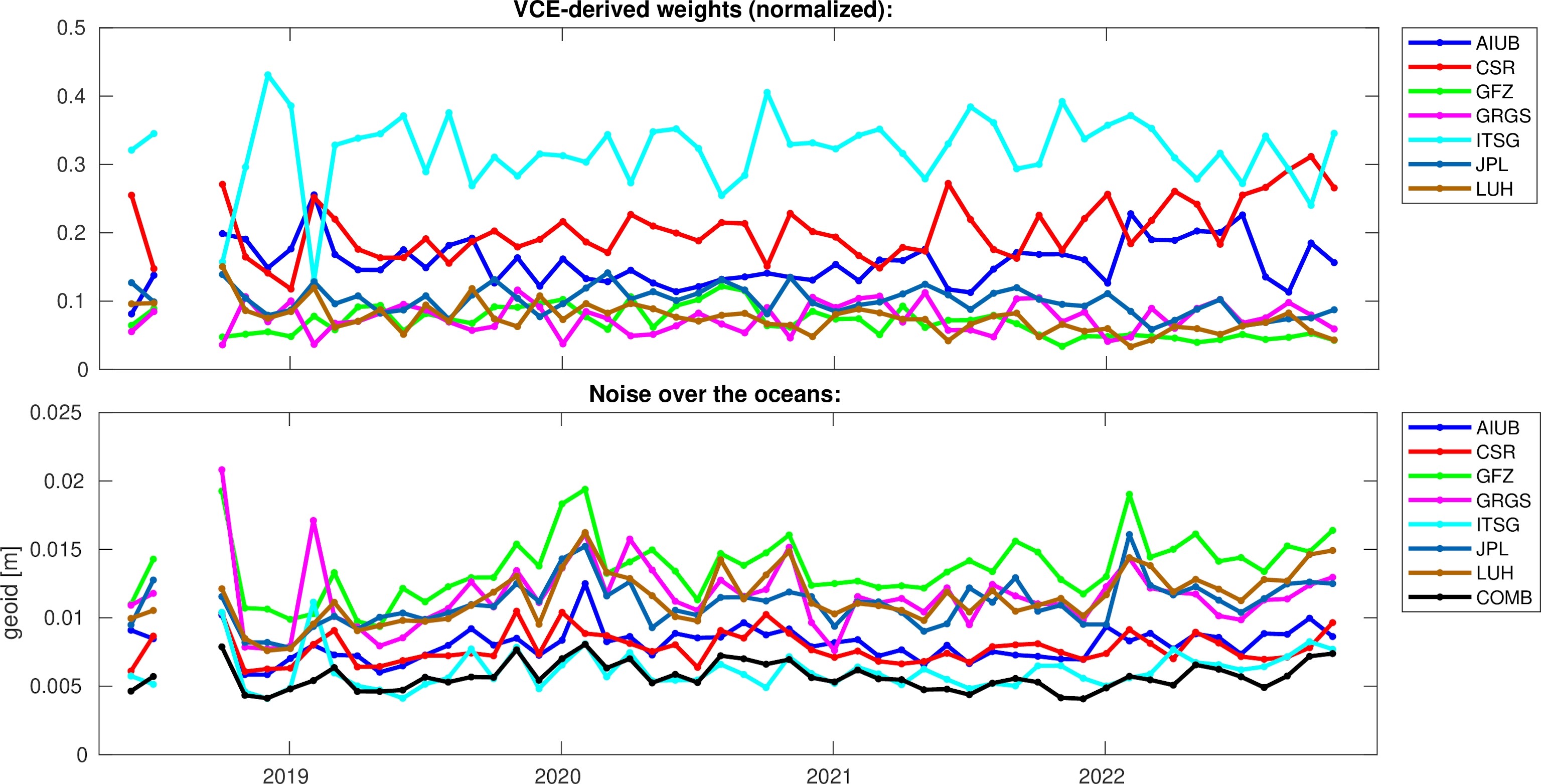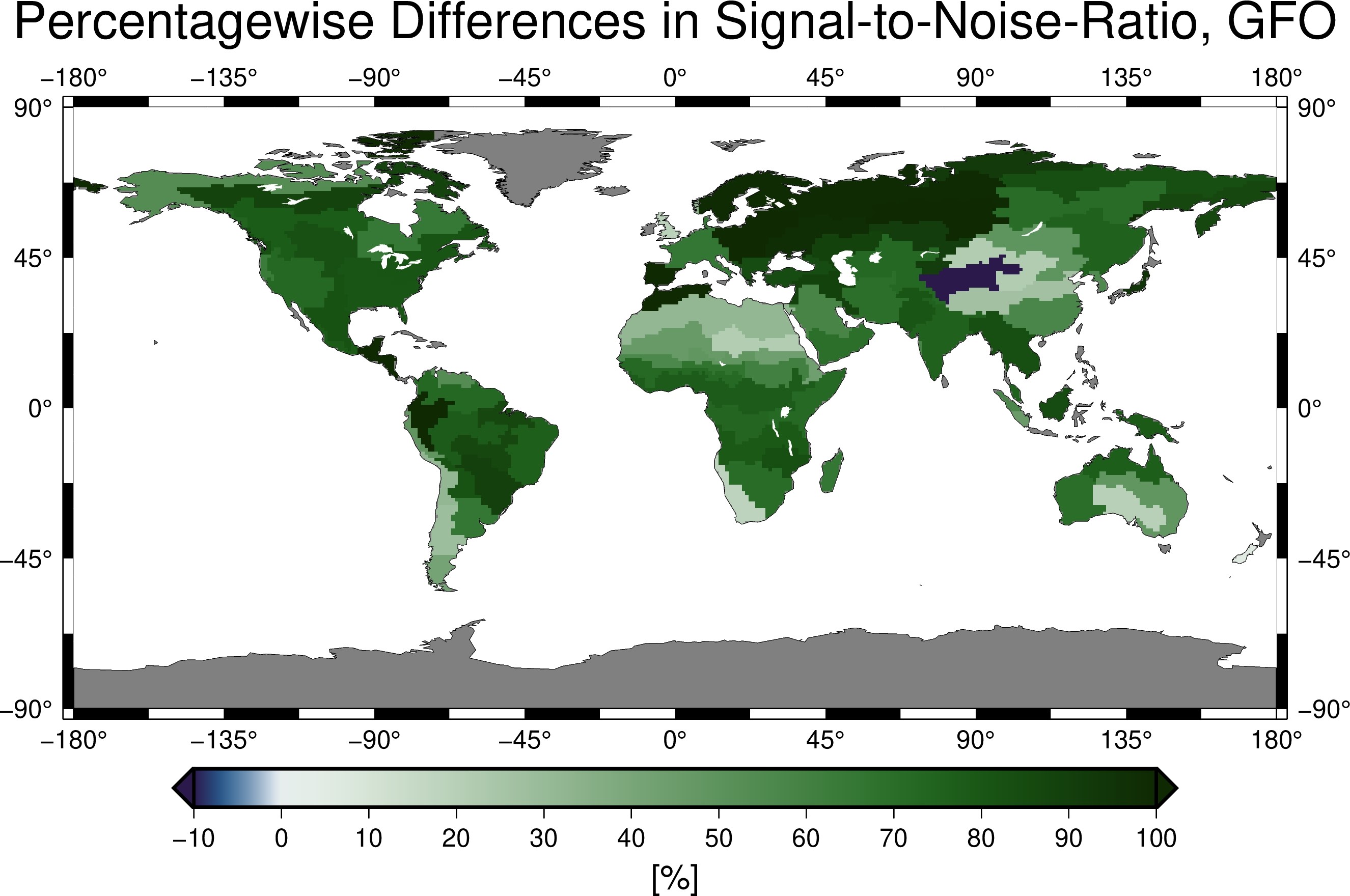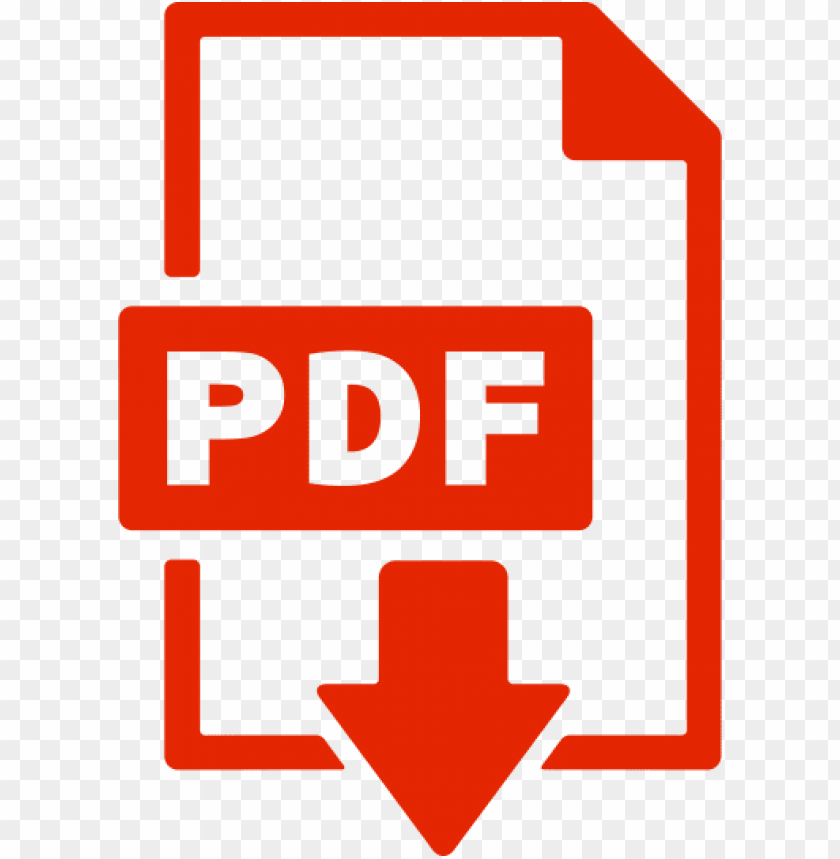March 2023
General Announcements
- IUGG General Assembly Berlin 2023
- UN Centre of Excellence in Geodesy in Bonn, Germany ceremonially opened
- COST-G Release-2 of combined GRACE-FO gravity fields
Meeting Announcements
- International Workshop on Geosciences in Active Areas ( WGAAL2023)
- 20th WEGENER Assembly 2023
Meetings Calendar
IAG Sponsored Meetings
- EUREF Symposium 2023
- IUGG Berlin 2023
- GGOS Days 2023
- ILRS Technical Workshop 2023
- WGAAL2023
- 20th WEGENER Assembly 2023
Geodesy Related Meetings
- European Navigation Conference 2023
- FIG Working Week 2023
- Bologna-VLBI: Life begins at 40!
- AOGS 20th Annual Meeting
- 13th Session of UN GGIM
General Announcements
IUGG Berlin 2023

The 28th IUGG General Assembly (IUGG2023) will be held from 11 to 20 July 2023 at the CityCube in Berlin, Germany.
This General Assembly is a special opportunity for participants from around the world to come together and discuss the full range of geodetic and geophysical themes, and further enhance the important interdisciplinary collaboration for a better understanding of our Earth System. IUGG2023 will provide a platform for personal meetings, exchange of ideas and developing new concepts for international science collaboration, all of which have suffered a setback during this pandemic crisis. IUGG2023 will help to create a new spirit to address pressing large societal challenges such as global environmental change and natural hazards and to stimulate novel geoscience research.
Important Dates
11 April 2023
- Complete scientific program and guidelines for presenters published
28 April 2023
- Early-bird registration closes
02 May 2023
- Newsletter on field trips and accommodation reservations
- Final Adjustment of program
IUGG2023 Local Organizing Committee and Scientific Program Committe
UN Centre of Excellence in Geodesy in Bonn, Germany ceremonially opened
New United Nations Global Geodetic Centre of Excellence coordinates the development of a global geodetic infrastructure
Important milestone for global cooperation in geodesy, the science of surveying and mapping the earth's surface: The United Nations Global Geodetic Centre of Excellence (UN-GGCE) at the UN Campus in Bonn was officially opened on March 29, 2023.
The most important task of the UN-GGCE is to coordinate the development of a permanent globally government-coordinated geodetic infrastructure. This infrastructure includes, for example, observation stations around the world and data and analysis centres. It is of central importance for earth observation and navigation applications as well as for socio-politically relevant topics such as stable living conditions, climate change, land use or even safe autonomous driving.
Juliane Seifert, State Secretary of the German Federal Ministry of the Interior and Community: “With the help of the UN-GGCE, we will be able to record and monitor changes in sea level or the movement of the earth's crust more quickly and accurately in the future. With the UN-GGCE, the German government supports the implementation of the United Nations 2030 Agenda for Sustainable Development and thus creates an elementary building block for improving Earth observation and positioning.”
Peter Thomson, UN Special Envoy for the Ocean: “All the best, and congratulations to you and colleagues on delivering the UN-GGCE Centre of Excellence. From Svalbard to the Outback of Australia, from melting ice caps to rising sea levels, the whole world stands to benefit from constant improvement of, and investment in, our geodetic infrastructures.”
Prof. Dr. Paul Becker, President of the German Federal Agency for Cartography and Geodesy: “Many geodetic tasks, such as the permanent observation and calculation of satellite orbits as a basis for navigation applications, can only be tackled jointly. The UN-GGCE will help countries – especially developing countries – improve national contributions and promote the open exchange of data and observation results.”
Ambassador Dr. Rainer Lassig, representing the German Federal Foreign Office, welcomes the opening of the UN-GGCE as the 26th United Nations facility on the UN Campus in the Federal City of Bonn establishment proves that Germany will continue to be an attractive partner in 2023, when it celebrates 50 years of membership of the United Nations, Germany remains an attractive location for international organizations.
The UN-GGCE is part of the ‘Department for Economic and Social Affairs’ (DESA) of the United Nations, based in New York. The concrete work plan at the UN Campus in Bonn initially covers three years.
The Federal Agency for Cartography and Geodesy, as the higher federal authority in the portfolio of the Federal Ministry of the Interior and Community, with its worldwide recognized expertise in geodesy, will support the tasks of the UN-GGCE with personnel resources as well as providing funding.
The GGCE Flyer is available on the following link.
Press contact:
Dr. Anja Niederhöfer
Phone +49 69 6333 230
presse@bkg.bund.de
Professional contact:
Pier-Giorgio Zaccheddu
Phone +49 69 6333 305
stabsstelle@bkg.bund.de
COST-G Release-2 of combined GRACE-FO gravity fields
Ulrich Meyer1, Eva Borgens2, Christoph Dahle2, and Adrian Jäggi1
1Astronomical Institute, University of Bern, Switzerland
2GFZ German Research Centre for Geosciences
Being the Product Center of the International Gravity Field Service (IGFS, http://igfs.topo.auth.gr/), the Combination Service for Time-variable Gravity fields (COST-G, https://cost-g.org/) generates combinations of the individual monthly gravity field solutions, derived at the COST-G Analysis Centers (ACs) and partner ACs from the GRACE-FO microwave ranging and GPS observations. The operational GRACE-FO combination was launched in November 2020 and has originally been set up on the basis of the COST-G GRACE combination, which was developed in the frame of a prototype combination service by the Horizon 2020 project EGSIEM (European Gravity Service for Improved Emergency Management, http://egsiem.eu/).
Recently, the GRACE-FO combination has been further developed and adapted to the specific observation characteristics of the GRACE-FO data in the frame of the new Horizon 2020 project G3P (Global Gravity-based Groundwater Product, https://www.g3p.eu/). The G3P-developments include an improved accelerometer transplant (ACT) product (Behzadpour et al., 2021), which in contrast to the official product of the GRACE-FO Science Data System (SDS) relies on scaled analytical force models for the low-frequency variations of the surface forces acting on the satellites. The alternative ACT drastically reduces artifacts in the C30 gravity field coefficient, which is important, e.g., for the correct determination of ice mass change in polar regions.
A further G3P-development is the adaptation of the COST-G weighting scheme to take into account the limitations imposed by the along-track observation geometry of the range-rate observations between the two GRACE-FO satellites. The relative weights of the individual monthly gravity fields are derived by Variance Component Estimation (VCE) on the solution level (Jean et al., 2018). In case of the operational GRACE-FO combination, all gravity field coefficients enter the VCE with equal weights, because the formal error information provided by the analysis centers is very diverse and in most cases not representative for the true accuracy of the gravity field coefficients. But due to the near-polar satellite orbits of the GRACE-FO satellites and the limited ground-track coverage during one month, high-order coefficients cannot be determined reliably. Consequently, high-order coefficients are omitted in the G3P-weighting scheme. The new weighting scheme leads to relative weights (Fig. 1, top) that are significantly more consistent with the noise assessment (Fig. 1, bottom) performed by COST-G for the quality assessment of the individual time-series and the combined product.
 Figure 1: relative weights (top) and noise assessment (bottom) of the monthly GRACE-FO gravity fields.
Figure 1: relative weights (top) and noise assessment (bottom) of the monthly GRACE-FO gravity fields.
Last but not least, the new combination includes new time-series: AIUB-GRACE-FO-RL02, based on empirical noise modeling techniques, and SDS-RL06.1. It is distributed via the International Center for Global Earth Models (ICGEM) as COST-G-GRACE-FO-RL02. While the signal content is almost unchanged (with the exception of C30) with respect to its predecessor COST-G-GRACE-FO-RL01, the RL02-combination stands out by its low noise and consequently improved signal-to-noise ratio (Meyer et al., 2023).
 Figure 2: Improvement of Signal-to-Noise Ratio of terrestrial water storage in the large river basins of theEarth from GFZ-RL06 to COST-G GRACE-RO RL02.
Figure 2: Improvement of Signal-to-Noise Ratio of terrestrial water storage in the large river basins of theEarth from GFZ-RL06 to COST-G GRACE-RO RL02.
On the basis of the combined COST-G monthly gravity fields monthly grids of terrestrial water storage (TWS), since 2022 part of the inventory of Essential Climate Variables (ECVs) of the Global Climate Observing System (GCOS) and the corresponding uncertainty information (Boergens et al., 2022) are derived. In Fig. 2 the improvement in the signal-to-noise ratio of the COST-G RL02 combined gravity fields over the original GFZ-RL06 time-series is quantified for the large river basins of the world. The TWS-grids are distributed via the GravIS portal of GFZ (http://gravis.gfz-potsdam.de/home). In the frame of the G3P project also global grids of the storage compartments glacier, snow, soil moisture and surface water bodies are provided to finally derive groundwater anomalies (http://gravis.gfz-potsdam.de/gws), together with the corresponding uncertainty information and area averages for several large river basins and aquifers, as well as for climatically similar regions.
References:
Behzadpour, S., Mayer-Gürr, T., and Krauss, S. (2021): GRACE Follow-On accelerometer data recovery, J. Geophys. Res.-Sol. Ea., 126, e2020JB021297, doi: 10.1029/2020JB021297
Boergens, E., Kvas, A., Eicker, A., Dobslaw, H., Schawohl, L., Dahle, C., et al. (2022): Uncertainties of GRACE-based terrestrial water storage anomalies for arbitrary averaging regions. Journal of Geophysical Research: Solid Earth, 127, e2021JB022081, doi: 10.1029/2021JB022081
Jean, Y., Meyer, U., and Jäggi, A. (2018): Combination of GRACE monthly gravity field solutions from different processing strategies, J. Geodesy, 92, 1313–1328, doi: 10.1007/s00190-018-1123-5
Meyer, U., Lasser, M., Dahle, C., Förste, C., Behzadpour, S., Koch, I., and Jäggi, A. (2023): Combined monthly GRACE-FO gravity fields for a global gravity-based groundwater product. Submitted to ESSD.
Meeting Announcements
International Workshop on Geosciences in Active Areas ( WGAAL2023)
Dear Colleague,
On behalf of the Local Organizing Committee we are pleased to announce the International Workshop on Geosciences in Active Areas, WGAAL2023.
The workshop will be held on Lanzarote Island during 16-20 October, 2023. The First Circular is now released and I would kindly invite you to disseminate it among your network. The First Circular has already been sent to IUGG and its associations IAG and IAVCEI that kindly sponsor this scientific workshop.
We will soon proceed to send the second circular, in which the important dates for abstract submission and online registration will be announced. Meanwhile, I invite you to visit the workshop website https://wgaal2023.csic.es/ (is not quite finished though!) to find more details regarding the scientific program, the venue, proceedings, etc. More information about the workshop will be progressively updated in this website.
Please, do not hesitate to contact us for any clarification.
With kind regards,
Jose Arnoso & Emilio Velez
Workshop Chairs
WGAAL2023 Local Committee
email: info@wgaal2023.csic.es
20th WEGENER Assembly 2023

The 20th WEGENER Assembly 2023 will be organized by the National Office of Mines (ONM) from 24 to 27 October 2023 in Sousse, Tunisia, with collaboration of the Office de Topographie et Cadastre (OFC) and the Institut National de Météorologie (INM). For more than 40 years, WEGENER brings together geoscientists for stimulating exchanges on space and terrestrial geodesy applied to the study of geodynamics in the Alpine–Mediterranean plate boundary region.
Anticipated sessions include:
- Session 1. Improving understanding of magmatic and volcanic process.
- Session 2. The seismic cycle: from transient and precursory deformation to seismic ruptures.
- Session 3. Active faults: reconciling short- and long-term observations.
- Session 4. Intracontinental deformation and slowly deforming areas.
- Session 5. Vertical movements of the earth surface, sea level and potential fields.
- Session 6. Multi-timescale glacier and landslides processes.
- Session 7. Technical and methodological developments, and large networks handling.
- Session 8. From Hazard to Risk: Implications of geodetic research to society.
- Special Session: The earthquake sequence of 6 February 2023: Surface ruptures and geodynamic model at a triple junction.
WEGENER meeting will be sponsored by IAG and IASPEI as part of joint sub-commission 3.5 Seismo-geodesy.
Homepage: https://wegener-assembly.org
Jean-Mathieu Nocquet.
Meetings Calendar
IAG Sponsored Meetings
- 2nd Workshop of Inter-Commission Committee on Geodesy for Climate Research (ICCC), March 28 – 30, 2023, online
URL: https://iccc.iag-aig.org/iccc-workshops/ws23 - EUREF Symposium 2023, May 22-26, 2023, Gothenburg, Sweden
URL: http://www.euref.eu/euref_symposia.html - IUGG Berlin 2023, July 11-20, 2023, Berlin Germany
URL: https://www.iugg2023berlin.org - GGOS Days 2023, September 20–22, 2023, Yebes, Spain
URL: https://ggos.org/event/ggos-days-2023/ - ILRS Technical Workshop 2023, October 16– 20, 2023, Arequipa, Peru
URL: https://ilrs.gsfc.nasa.gov/about/meetings.html
Geodesy Related Meetings
- European Navigation Conference 2023, May 31-June 2, ESA ESTEC, Noordwijk, The Netherlands
URL: https://www.enc2023.eu - FIG Working Week, May 28 - June 1, Orlando, FL, USA
URL: https://www.fig.net/fig2023/ - Bologna-VLBI: Life begins at 40!, May 22-26, Bologna, Italy
URL: https://vlbi-40.ira.inaf.it/ - AOGS 20th Annual Meeting, July 30 - August 4, Singapore
URL: https://www.asiaoceania.org/aogs2023/ - 13th Session of UN GGIM, August 2-4, New York City, USA
URL: https://unstats.un.org/UNSDWebsite/events/
Further details are available in the IAG Event Calendar at: http://www.iag-aig.org/events.
The IAG Newsletter is under the editorial responsibility of the Communication and Outreach Branch (COB) of the IAG. It is an open forum and contributors are welcome to send material (preferably in electronic form) to the IAG COB (newsletter@iag-aig.org). These contributions should complement information sent by IAG officials or by IAG symposia organizers (reports and announcements). The IAG Newsletter is published monthly. It is available in different formats from the IAG new internet site: http://www.iag-aig.org.
Each IAG Newsletter includes several of the following topics:
- news from the Bureau Members
- general information
- reports of IAG symposia
- reports by commissions, special commissions or study groups
- symposia announcements
- book reviews
- fast bibliography
| DOCUMENTS |
| IAG_Newsletter_March_2023.pdf |
